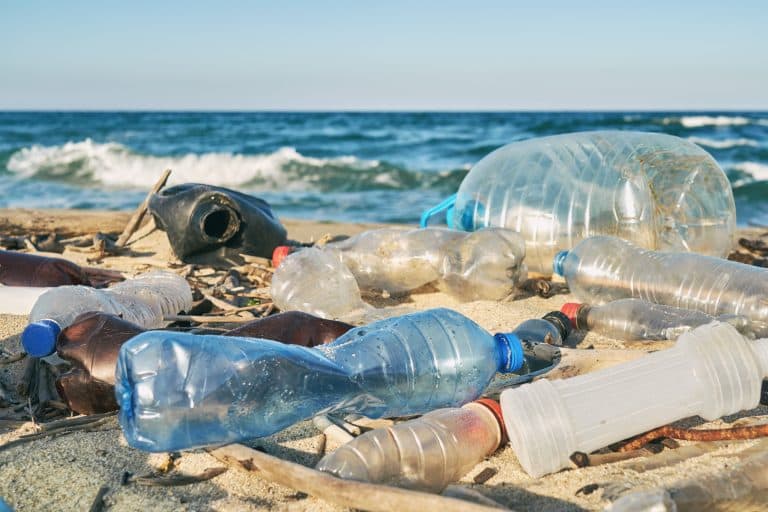Today is International Day for Biological Diversity and a call to all world communities to reexamine their relationship with nature. With the theme, “We’re part of the solution,” the Convention on Biological Diversity (CBD) chose this year’s subject to give continuation to the momentum generated in 2021 towards the need to protect nature to solve sustainable challenges. “From nature-based solutions to climate, health issues, food and water security, and sustainable livelihoods, biodiversity is the foundation upon which we can build back better.”
What’s is Biological Diversity or Biodiversity?
Biological Diversity, also known as Biodiversity, is used when referring to all the variety of life on earth, including plants, animals, fungi, and micro-organisms. It’s understood in three ways:
1. Species diversity, which refers to the variety of different species
2. Genetic Diversity, which indicates the variety of genes contained in plants, animals, fungi, and micro-organisms
3. Ecosystem diversity includes all the different habitats that exist, like tropical or temperate forests, hot and cold deserts, wetlands, rivers, mountains, coral reefs, etc.
According to a groundbreaking report released in 2019 by the United Nations, more than one million animal and plant species are at risk of becoming extinct in the upcoming decades. While there’s an urgency to protect wildlife now more than ever, education is critical so we can all contribute to the pressing race to save biodiversity.
The loss of biodiversity threatens essentials to life, such as fresh water, pollination, soil fertility and stability, food, and medicine. Multiple research has indicated that there’s a close correlation between disease outbreaks and the degradation of nature. In fact, according to an article published on NCBI, “Seventy-five percent of emerging infectious diseases are transmitted from animals to humans.” Also, deforestation is accelerating the climate crisis, “which in turn may boost the spread of disease by allowing disease carriers like mosquitoes to extend their geographic ranges and infect new populations of humans,” says Conservation.org.
The diversity of species brings a unique ecological balance to our planet. However, plastic pollution, for example, poses a dangerous threat to ecosystems, marine animals, and humans health. With estimations of more than 10 million tons of plastic dumped into the ocean every year, Plastic Oceans indicates that human eats over 40 pounds of plastic in their lifetime. This raises concerns about the adverse effects of microplastics found in fish and water on human health.
According to a study published on NCBI, there’s not enough information available to fully understand the implications of microplastics for human health. “However, effects (of microplastics) may potentially be due to their physical properties (size, shape, and length), chemical properties (presence of additives and polymer type), concentration, or microbial biofilm growth.”

During this International Day for Biological Diversity, consider these 6 ways to contribute to biological diversity (and be part of the solution)!
- Support local farms, if possible organic ones that avoid chemicals on their products
- Bees are at risk of extinction due to pesticides, pathogens, and industrial farming. Help save them by planting nectar-producing wildflowers in your backyard or building bee boxes for local bees to call home.
- Plant local flowers, fruits, and vegetables to help preserve the Biodiversity of your area and its local ecosystem.
- Be mindful of the amount of water that you use. Star closing the fossettes to preserve water while washing dishes, and then move on to more significant challenges like taking shorter showers.
- Protect local habits by following the path and trails when hiking
- Ensure that the products you buy are not made by companies that contribute to damaging natural habits elsewhere.
 Food
Food Farmers
Farmers Sustainable Living
Sustainable Living Living Planet
Living Planet News
News